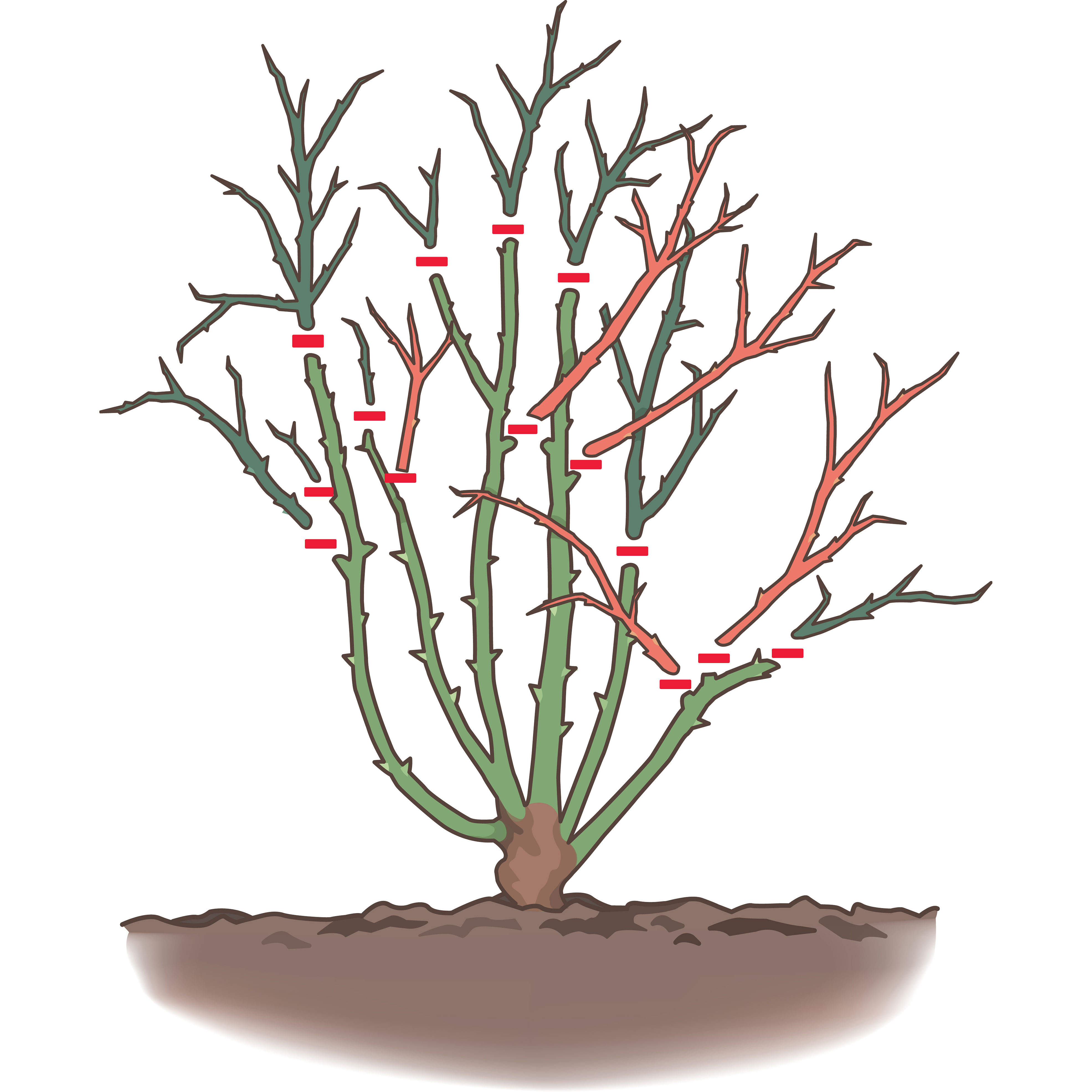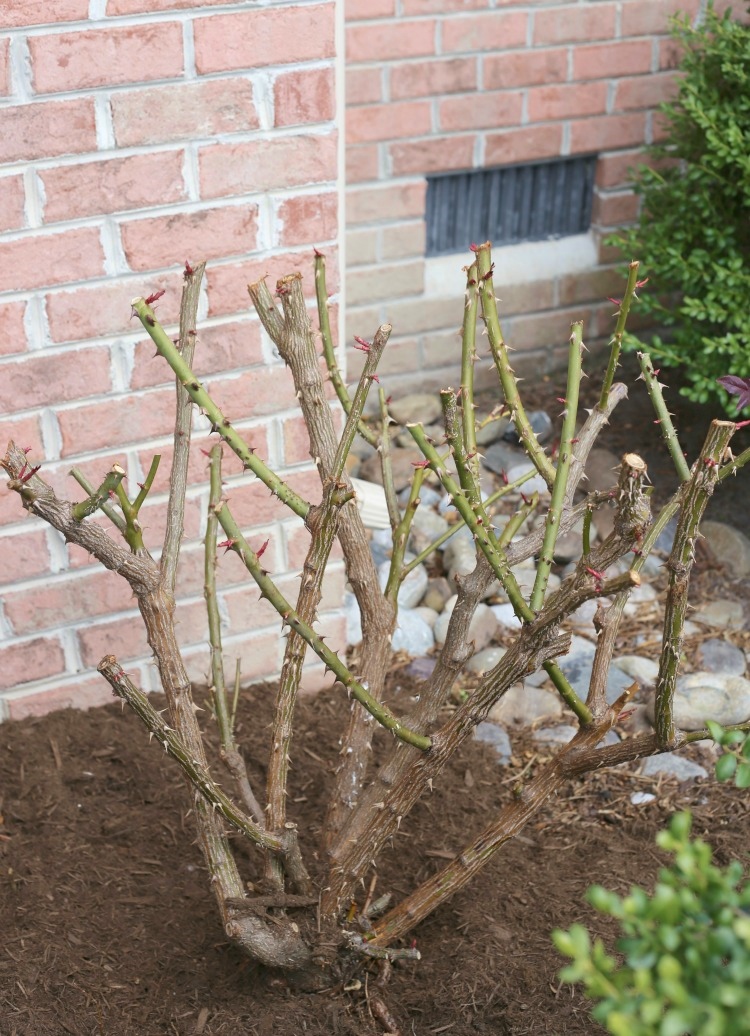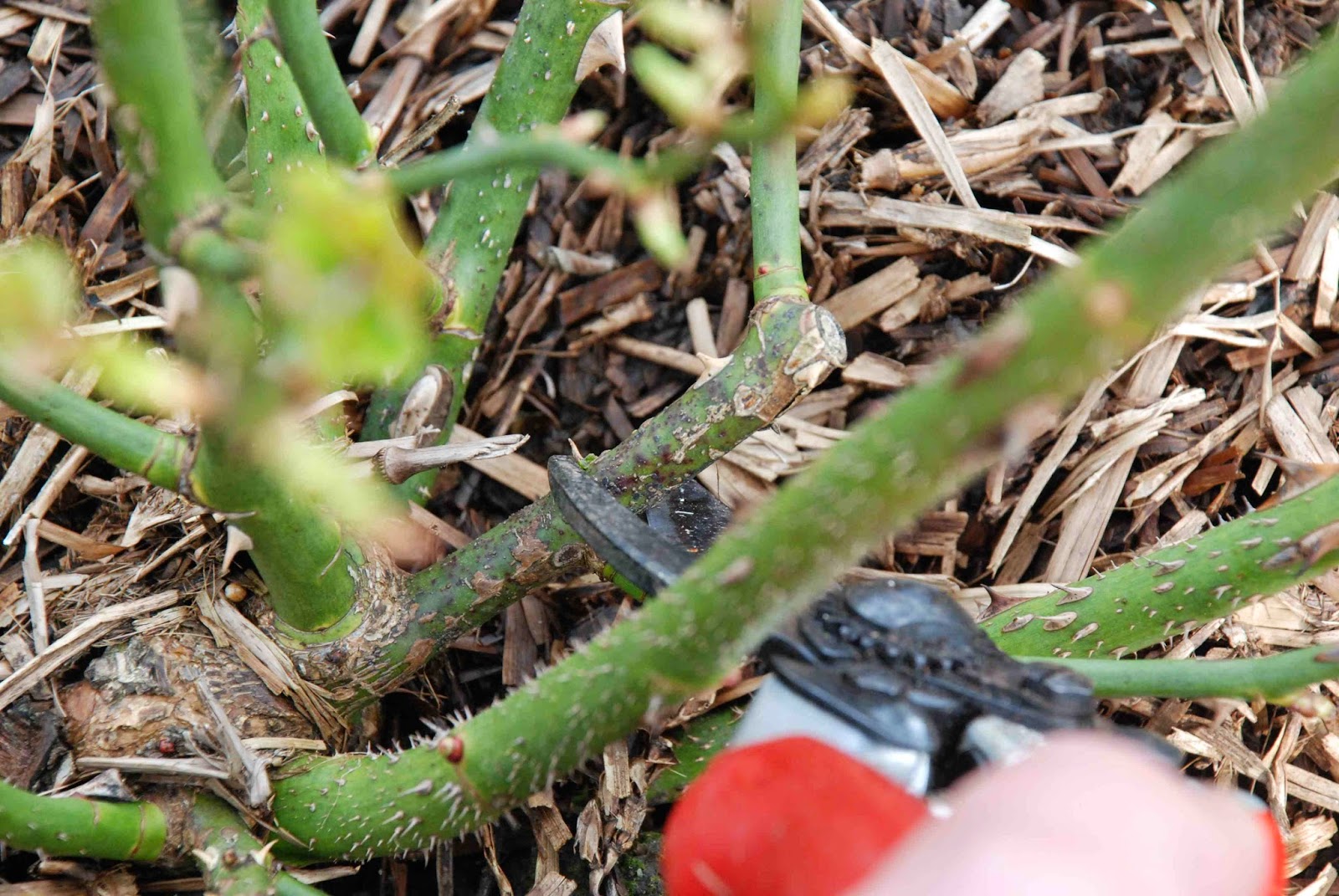Why Pruning Roses in Autumn Matters
Pruning roses in autumn is a vital aspect of rose care, and understanding its importance can make all the difference in the health and beauty of these beloved flowers. By pruning roses in autumn, gardeners can promote healthy growth, encourage blooming, and prevent disease. One of the primary reasons to prune roses in autumn is to prepare the plant for dormancy. During this period, the plant’s energy is redirected towards root development and storage of nutrients, setting the stage for a vibrant bloom in the next growing season. Additionally, autumn pruning helps to remove dead, diseased, or damaged wood, reducing the risk of disease and pest infestations. By incorporating autumn pruning into their rose care routine, gardeners can enjoy a more robust and resilient plant, better equipped to thrive in the face of changing weather conditions. When to prune roses in autumn is a crucial consideration, as pruning at the wrong time can have negative consequences. By pruning at the right time, gardeners can reap the rewards of a healthy and thriving rose plant.
Identifying the Right Time to Prune Your Roses
Determining when to prune roses in autumn is crucial to ensure the health and vitality of the plant. To identify the right time to prune, gardeners should look out for specific signs that indicate the plant is preparing for dormancy. One of the primary signs is the cessation of blooming, which typically occurs in late summer to early autumn. As the blooming period comes to an end, the plant begins to focus its energy on storing nutrients and preparing for the winter months. Another sign to look out for is leaf drop, where the leaves begin to fall off the plant, revealing the bare canes. This natural process indicates that the plant is entering a state of dormancy, making it the ideal time to prune. Additionally, gardeners should observe the onset of dormancy, characterized by a slowdown in growth and a decrease in foliage. By recognizing these signs, gardeners can determine the optimal time to prune their roses in autumn, ensuring a healthy and thriving plant.
How to Prune Roses in Autumn for Maximum Results
Pruning roses in autumn is a delicate process that requires attention to detail and a clear understanding of the plant’s needs. To prune roses effectively, follow these step-by-step guidelines: First, gather the necessary tools, including sharp, clean pruning shears and gloves to protect your hands from thorns. Next, inspect the plant, identifying any dead, diseased, or damaged wood. Remove these sections, cutting back to healthy tissue to prevent the spread of disease. When cutting back canes, make clean cuts at a 45-degree angle, about 1/4 inch above a bud eye. This will help the plant heal quickly and reduce the risk of disease. Remove any deadheading, or spent blooms, to encourage the plant to focus its energy on preparing for dormancy. Finally, shape the plant, pruning back tall canes to promote a bushy, compact growth habit. By following these steps, gardeners can ensure a healthy, thriving rose plant that will bloom beautifully in the next growing season. Remember, when to prune roses in autumn is crucial, so be sure to prune at the right time to reap the rewards of a well-pruned plant.
The Benefits of Pruning Roses in Autumn vs. Other Seasons
While pruning roses is essential for their health and blooming, the timing of pruning can significantly impact the plant’s performance. Pruning roses in autumn offers unique benefits compared to pruning in other seasons. One of the primary advantages of autumn pruning is that it allows the plant to focus its energy on preparing for dormancy, rather than expending energy on new growth. This results in a stronger, more resilient plant that is better equipped to withstand the harsh winter months. In contrast, pruning in spring can stimulate new growth, which may be vulnerable to frost damage. Pruning in summer can be stressful for the plant, as it is already under heat and drought stress. Winter pruning, on the other hand, can be too severe, causing damage to the plant’s buds and canes. By pruning roses in autumn, gardeners can avoid these potential pitfalls and set their plants up for success in the next growing season. When to prune roses in autumn is critical, as it allows the plant to heal quickly and prepares it for the dormant period. By understanding the benefits of autumn pruning, gardeners can make informed decisions about the best time to prune their roses.
Common Mistakes to Avoid When Pruning Roses in Autumn
While pruning roses in autumn is essential for their health and blooming, it’s equally important to avoid common mistakes that can hinder the plant’s performance. One of the most critical mistakes to avoid is over-pruning, which can stress the plant and lead to disease or pest issues. Under-pruning, on the other hand, can fail to remove dead or diseased wood, allowing problems to persist. Another common mistake is pruning at the wrong time, such as during active growth or when the plant is under stress. This can cause the plant to become vulnerable to disease or pests. Additionally, failing to disinfect pruning tools between cuts can spread disease from one plant to another. When to prune roses in autumn is crucial, and gardeners should avoid pruning during periods of extreme weather, such as heavy rain or intense heat. By being aware of these common mistakes, gardeners can prune their roses with confidence, ensuring a healthy and thriving plant that will bloom beautifully in the next growing season.
Pruning Roses in Autumn for Specific Rose Types
While the general principles of pruning roses in autumn remain the same, different rose types require specialized attention. Hybrid tea roses, for example, benefit from a more severe pruning, as this encourages new growth and promotes blooming. Floribunda roses, on the other hand, require a lighter touch, as they are more prone to disease and can be stressed by heavy pruning. Climbing roses, which are often trained to grow up trellises or walls, need to be pruned in a way that maintains their structure and promotes vertical growth. When to prune roses in autumn is crucial for these specific rose types, as it allows gardeners to tailor their pruning strategy to the unique needs of each plant. By understanding the specific pruning requirements of different rose types, gardeners can optimize their pruning technique and enjoy a more vibrant and healthy bloom in the next growing season.
After Pruning Care: Tips for a Healthy Recovery
After pruning roses in autumn, it’s essential to provide the necessary care to ensure a healthy recovery. One of the most critical steps is to water the plant thoroughly, as this helps to reduce stress and promote new growth. Fertilizing with a balanced, slow-release fertilizer can also provide the necessary nutrients for the plant to recover and thrive. Mulching around the base of the plant can help to retain moisture, suppress weeds, and regulate soil temperature. Additionally, gardeners should keep an eye out for any signs of disease or pests, and take action promptly if any issues arise. By following these after-pruning care tips, gardeners can help their roses recover quickly and set the stage for a stunning bloom in the next growing season. Remember, when to prune roses in autumn is crucial, and proper after-pruning care can make all the difference in the plant’s overall health and performance.
https://www.youtube.com/watch?v=swIF7MjJZSI
Conclusion: Pruning Roses in Autumn for a Beautiful Bloom
In conclusion, pruning roses in autumn is a crucial step in promoting healthy growth, encouraging blooming, and preventing disease. By understanding when to prune roses in autumn and following the proper techniques, gardeners can set their roses up for success in the next growing season. Remember to identify the right time to prune, prune for maximum results, and avoid common mistakes. Additionally, consider the specific needs of different rose types and provide proper after-pruning care. By putting these tips into practice, gardeners can enjoy a stunning bloom in the next growing season. Don’t wait – grab your pruning shears and get ready to give your roses the care they need to thrive. With the right pruning strategy, you’ll be enjoying a beautiful bloom in no time.








